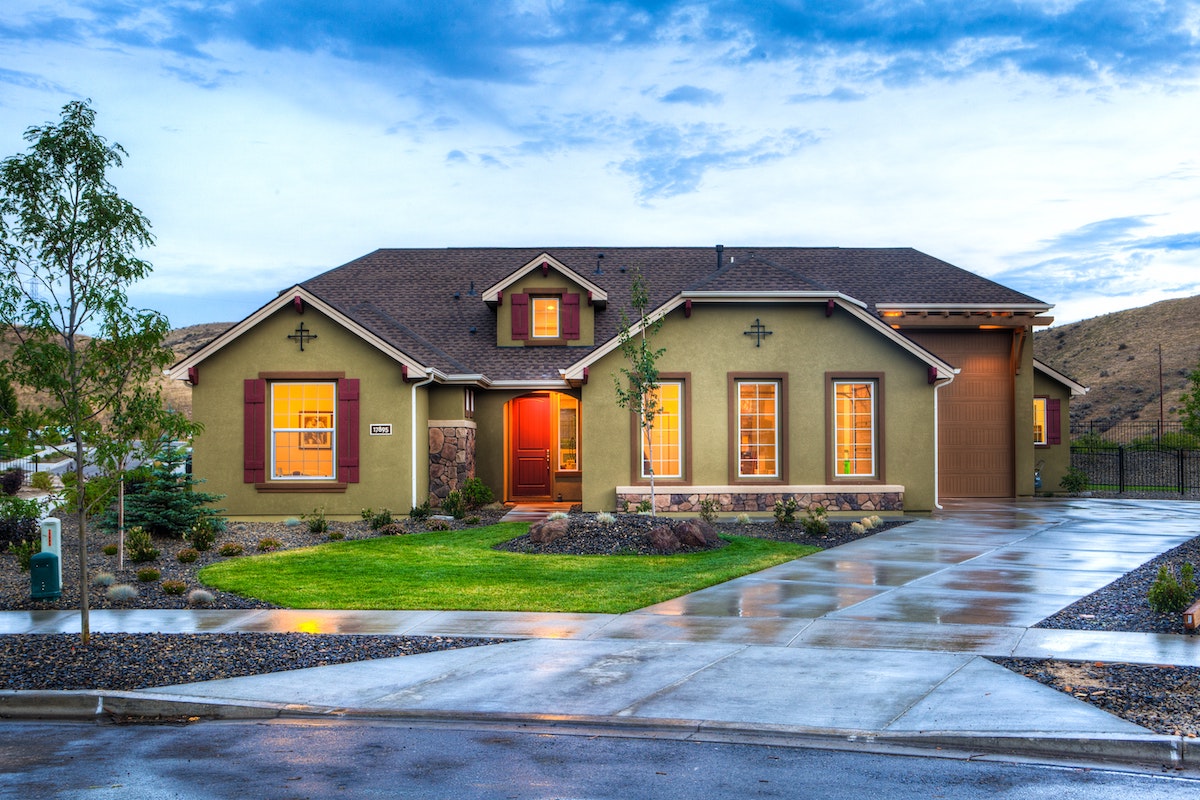For a long time, we’ve known that our health is closely associated with our homes. Improvements in indoor plumbing and more rigorous housing quality standards were driven by the need to combat early infectious diseases. Over the decades, further research has investigated the health risks posed by poor indoor air quality, toxic materials used in construction, and common injury hazards around the home.
But the pandemic has now brought this link between homes and health into sharp focus. Our activities and movements have been limited, and jobs have shifted online, but we can’t be completely isolated from the outside environment.
In our occasional ventures outdoors and interactions with other people, we can be exposed to an invisible yet highly contagious disease. With this in mind, what are the things you should look into for improving your home in the future?
Location matters
Before you start looking up contractors to work around the house, you might want to consider talking to a mortgage broker instead. Population density has become a growing concern in the wake of the pandemic. We know that the risk of transmission is directly related to exposure. Living in a community with many individuals packed into a small area is simply an inherently risky situation.
Moreover, public health measures are only as strong as the weakest link in the chain. People seem to treat the threat of Covid-19 with varying degrees of respect. If you mingle in spaces with someone who isn’t wearing a mask or observing physical distancing, you could easily be exposed.
Thus, the location can be the foremost consideration when it comes to maintaining our future homes as safe and healthy spaces. Will you stay in place, or will you join the trend of dispersion away from the urban centers?
Disease-related improvements
Whether you’re sticking around or scouting out new properties, you might want to keep an eye on home improvements that will limit the spread of disease in general. The pandemic has underscored how many people have been neglecting to observe satisfactory practices in terms of hygiene.
Few existing homes have been designed with features that address this area of need. When someone falls ill, they usually mingle freely with others in the household. That can be the socially acceptable thing to do, but from a healthcare perspective, it just puts everyone else at risk.
Using HEPA filters will help boost your indoor air quality, but if you genuinely want to maintain a safe environment, a separate room should be designated for sick individuals. A split HVAC system running into this room will prevent the air from re-circulating and exposing the rest of the household to disease. These are the sort of improvements that might be necessary to contain the illness in our homes.

Technology can help
The future of home health and safety will undoubtedly benefit from incorporating new technology. Smart home features and IoT-enabled devices are no longer a matter of convenience. They provide hands-free operation, which limits our contact with surfaces, and the dirt and germs they contain.
Using technology can also allow us to expand the active capabilities of our homes to boost our health. Thermal sensors can alert us to temperatures above normal. Disinfection tech, such as UV lights, deep air cleaning systems, and disinfecting robots, can be deployed around the house to maintain a clean environment.
One feature that’s currently lacking in many properties is a dedicated disinfection room for people coming into the house. By integrating sensor and disinfection technology with this sort of home extension, you can effectively limit the spread of disease at the point of entry.
Adding green spaces
Moving forward doesn’t have to be all about innovation and technology. Modern lifestyles have become too concentrated around devices and screens. More than ever, people realize that they need to reconnect with nature to recharge and enhance their well-being.
The need for green spaces was already in evidence before the pandemic, but social isolation and a limited range of activities only drove the point further home. If you want to maximize the health benefits of your property, finding a way to bring nature into your living space will prove essential.
Having a garden in your yard can be the most straightforward way of introducing nature into your daily routine. But if you’re limited in terms of floor area, a vertical or rooftop garden could be a better solution. No matter which option you go with, satisfying the craving for nature will help bring relief from the stress and anxiety of everyday life.


